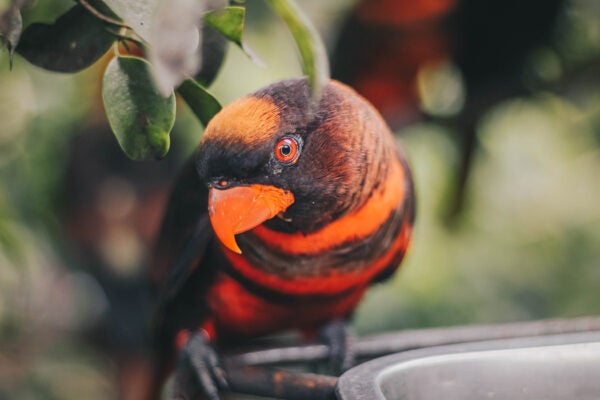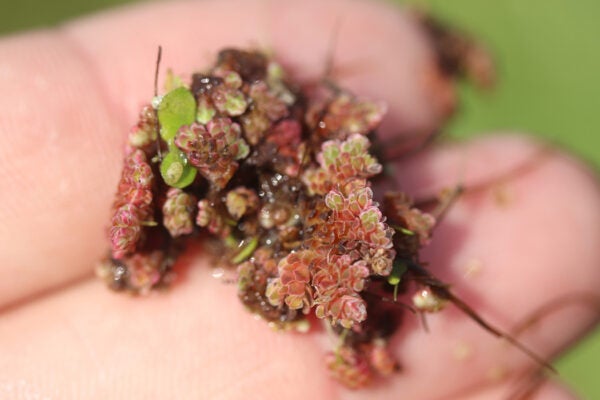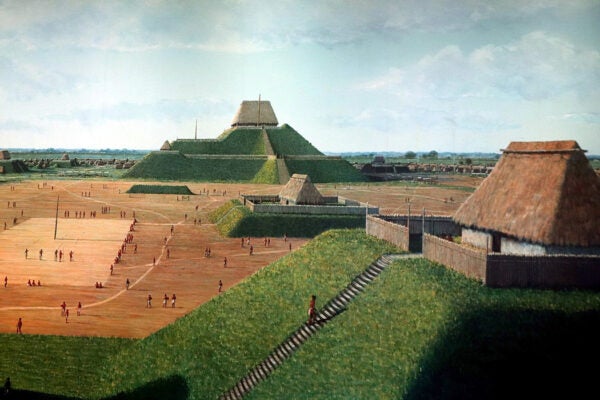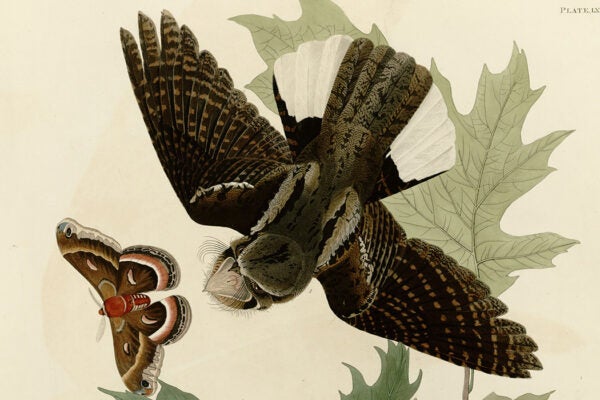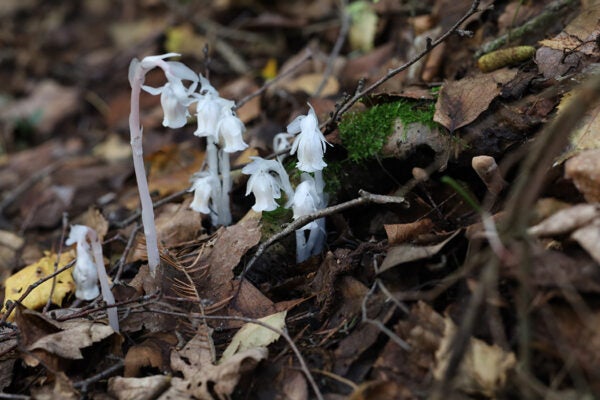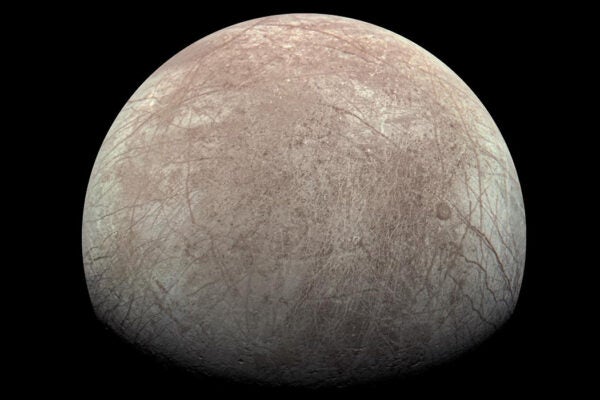A Blind Beetle Named Hitler?
The case for changing offensive names of animals and plants, and how it can be done
Azolla filiculoides: Balancing Environmental Promise and Peril
One of the world’s tiniest fern species, Azolla filiculoides may be one of our greatest tools for lowering agricultural pollution and greenhouse gas emissions.
How Native Americans Guarded Their Societies Against Tyranny
Many Native American communities were consensus democracies that survived for generations because of careful attention to checking and balancing power.
The Whip-Poor-Will Has Been an Omen of Death for Centuries
What happened to this iconic bird of American horror?
Sustainable Building Effort Reaches New Heights with Wooden Skyscrapers
Wood engineered for strength and safety offers architects an alternative to carbon-intensive steel and concrete.
A Brief History of the Muses
Scholar Alison Habens tells us more about the Greek goddesses who provided divine inspiration for ancient poets.
Ghost of the Forest: Monotropa uniflora
Look for this other-worldly plant in moist, shaded areas of mature forests throughout much of North America, East Asia, and northern South America.
Judy-Lynn del Rey
The woman who revolutionized the fantasy genre is finally getting her due.
NASA’s Europa Clipper
The spacecraft will investigate whether an icy moon of Jupiter can support alien life.

